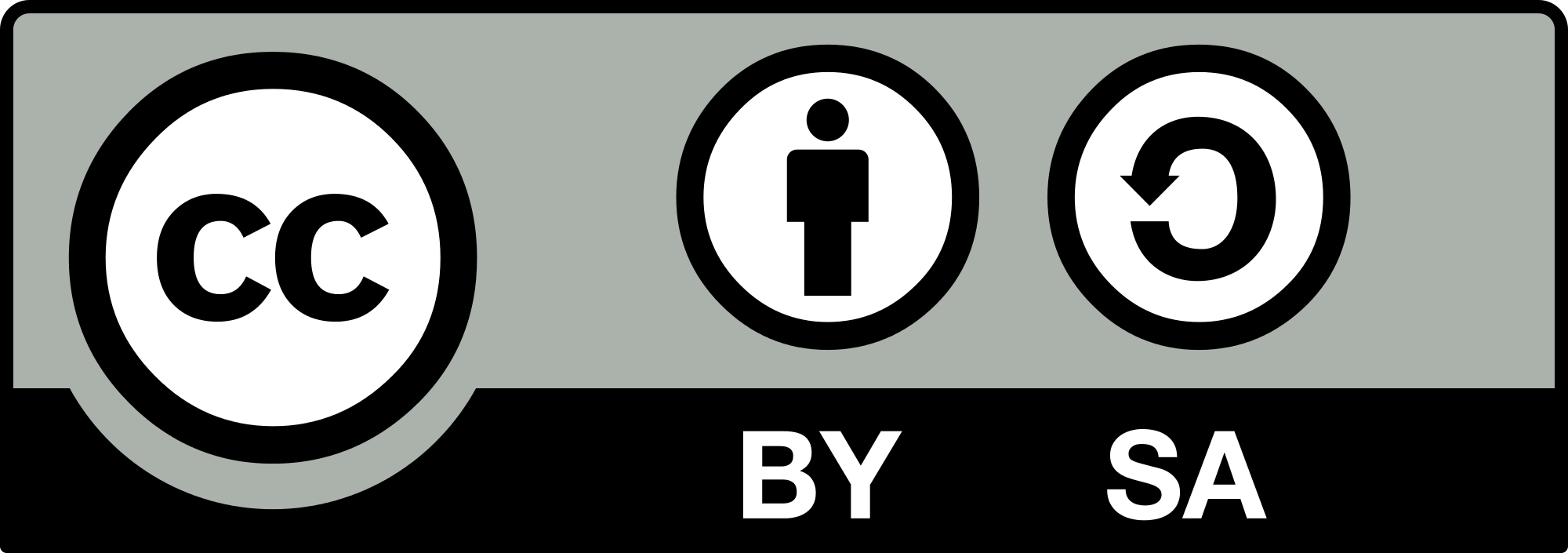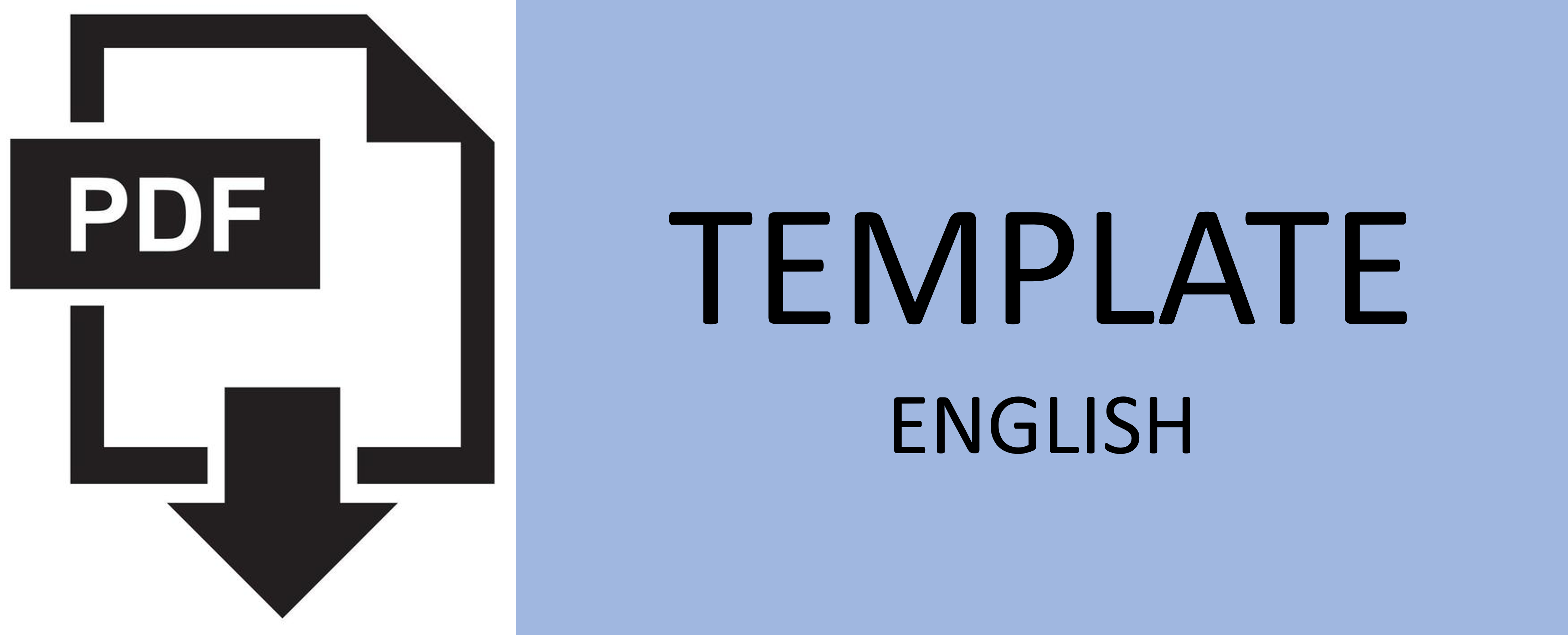FINITE ELEMENT ANALYSIS ON THE NONLINEAR BEHAVIOR OF THE RC SHEAR WALL WITH REGULAR OPENINGS INFLUENCED BY HIGH-STRENGTH STEEL
Abstract
Keywords
Full Text:
PDFReferences
A. Wibowo, B. Kafle, A. M. Kermani, N. T. K. Lam, J. L. Wilson, and E. F. Gad, “Damage in the 2008 China earthquake,” Procs. of Australian Earthquake Engineering Society Conference, 2008, pp. 1–8.
C. Popescu, G. Sas, T. Blanksvärd, and B. Täljsten, “Concrete Walls Weakened by Openings as Compression Members: A review,” Engineering Structures, vol. 89, pp. 172–190, 2015, doi: 10.1016/j.engstruct.2015.02.006.
A. M. Fares, “The impact of RC shear wall openings at the lateral stiffness of the cantilever shear walls,” Research on Engineering Structures and Materials, vol. 7, no. 1, pp. 52–63, 2021, doi: 10.17515/resm2020.208st0816.
S. S. Chaudhary, and S. R. Parekar, “Stress distribution of different shapes of opening in shear wall,” SSRN Electronic Journal, vol. 5, no. 8, pp. 8–11, 2019, doi: 10.2139/ssrn.3443674.
E. Montazeri, N. Panahshahi, and B. Cross, “Nonlinear finite element analysis of reinforced concrete shear walls with staggered openings under seismic loads,” Structures Congress 2018, pp. 65–80, 2018.
M. S. Huq, E. A. Burgos, R. D. Lequesne, and A. Lepage, “High-strength steel bars in t-shaped concrete walls,” 11th National Conference on Earthquake Engineering 2018, NCEE 2018: Integrating Science, Engineering, and Policy, 2018, vol. 12, no. 128, pp. 7417–7427.
H. Ma, H. M. Zhang, and Y. Q. Zhai, “Experimental study on seismic performance of RC shear wall with high-strength rebars,” International Efforts in Lifeline Earthquake Engineering - Proceedings of the 6th China-Japan-US Trilateral Symposium on Lifeline Earthquake Engineering, 2014, no. 2012, pp. 505–512, doi: 10.1061/9780784413234.065.
J.-Y. Lee, M. Haroon, D. Shin, and S.-W. Kim, “Shear and torsional design of reinforced concrete members with high-strength reinforcement,” Journal of Structural Engineering, vol. 147, no. 2, p. 04020327, 2021, doi: 10.1061/(asce)st.1943-541x.0002887.
A. C. Institute, Building code (ACI 318-19) and commentary on building code requirements for structural concrete (ACI 318R-19)(Farmington Hills, MI). 2019
I. Imran, and R. Simatupang, “Pengaruh jenis baja tulangan terhadap perilaku plastifikasi elemen struktur SRPMK,” Jurnal Teknik Sipil, vol. 6, no. 1, pp. 32–45, 2019, doi: 10.28932/jts.v6i1.1325.
R. Bjorhovde, “Performance and design issues for high strength steel in structures,” Advances in Structural Engineering, vol. 13, no. 3, pp. 403–411, 2010, doi: 10.1260/1369-4332.13.3.403.
N. I. S. Technology, Use of high-strength reinforcement in earthquake-resistant concrete structures. NIST GCR 14-917-30 Report, prepared by the NEHRP Consultants Joint Venture, a partnership of the Applied Technology Council and the Consortium of Universities for Research in Earthquake Engineering, 2014.
A. S. T. Materials, ASTM A706 - Standard specification for low-alloy steel deformed and plain bars for concrete, 2016 doi: 10.1520/A0706.
A. S. T. Materials, ASTM A615/A615M - Standard specification for deformed and plain billet-steel bars for concrete, 1999 doi: 10.1520/A0615.
M. Marius, “Seismic behaviour of reinforced concrete shear walls with regular and staggered openings after the strong earthquakes between 2009 and 2011,” Engineering Failure Analysis, vol. 34, pp. 537–565, 2013, doi: 10.1016/j.engfailanal.2013.05.014.
B. Piscesa, M. M. Attard, A. K. Samani, and S. Tangaramvong, “Plasticity constitutive model for stress-strain relationship of confined concrete,” ACI Structural Journal, vol. 114, no. 2, pp. 361–371, Mar. 2017, doi: 10.14359/51689428.
A. K. Samani, and M. M. Attard, “A stress-strain model for uniaxial and confined concrete under compression,” Engineering Structures, vol. 41, pp. 335–349, 2012, doi: 10.1016/j.engstruct.2012.03.027.
B. Piscesa, Modeling confined concrete using plasticity formulation, UNSW Sydney, 2018.
M. M. Attard and S. Setunge, “Stress-strain relationship of confined and unconfined concrete,” ACI Materials Journals, vol. 93, no. 5, pp. 432–442, 1996, doi: 10.14359/9847.
B. Piscesa, M. M. Attard, D. Prasetya, and A. K. Samani, “Modeling cover spalling behavior in high strength reinforced concrete columns using a plasticity-fracture model,” Engineering Structures, vol. 196, 2019, doi: 10.1016/j.engstruct.2019.109336.
B. Piscesa, M. M. Attard, and A. K. Samani, “A lateral strain plasticity model for FRP confined concrete,” Composite Structures, vol. 158, pp. 160–174, 2016.
B. Piscesa, M. M. Attard, and A. K. Samani, “Three-dimensional finite element analysis of circular reinforced concrete column confined with FRP using plasticity model,” Procedia Engineering, vol. 171, pp. 847–856, 2017.
B. Piscesa, M. M. Attard, and A. K. Samani, “A lateral strain plasticity model for FRP confined concrete,” Composite Structures, vol. 158, 2016, doi: 10.1016/j.compstruct.2016.09.028.
A. A. Ulfa, B. Piscesa, M. M. Attard, F. Faimun, and P. Aji, “Parametric studies on the ductility of axial loaded square reinforced concrete column made of normal-strength concrete (NSC) and high-strength steel confining rebar (HSSCR) with various ties configuration,” E3S Web of Conferences, 2020, vol. 156, pp. 0–6, doi: 10.1051/e3sconf/202015603002.
A. S. T. Materials, ASTM A1035/A1035M - 09 : Standard specification for deformed and plain low-alloy steel bars for concrete, 2010 doi: 10.1520/A1035.
A. C. I. Committe 439, ACI 439.6R-19 : Guide for the use of ASTM A 1035/ A 1035M type CS grade 100 (690) steel bars for structural concrete. (Farmington Hills: American Concrete Institute), 2019.
T. J. Sullivan, G. M. Calvi, and M. J. N. Priestley, “Initial stiffness versus secant stiffness in displacement based design,” 13th World Conference of Earthquake Engineering (WCEE), 2004, vol. 65, no. 2888, pp. 581–626.
T. C. Hutchinson, and T. Wang, “Evaluation of crack spacing in reinforced concrete concrete shear walls,” Journal of Structural Engineering, vol. 135, no. 5 May, pp. 499–508, 2009, doi: 10.1061/(ASCE)0733-9445(2009)135:5(499).
DOI: http://dx.doi.org/10.12962%2Fj20861206.v37i2.13447
Refbacks
- There are currently no refbacks.

Journal of Civil Engineering is licensed under a Creative Commons Attribution-ShareAlike 4.0 International License.







.jpg)